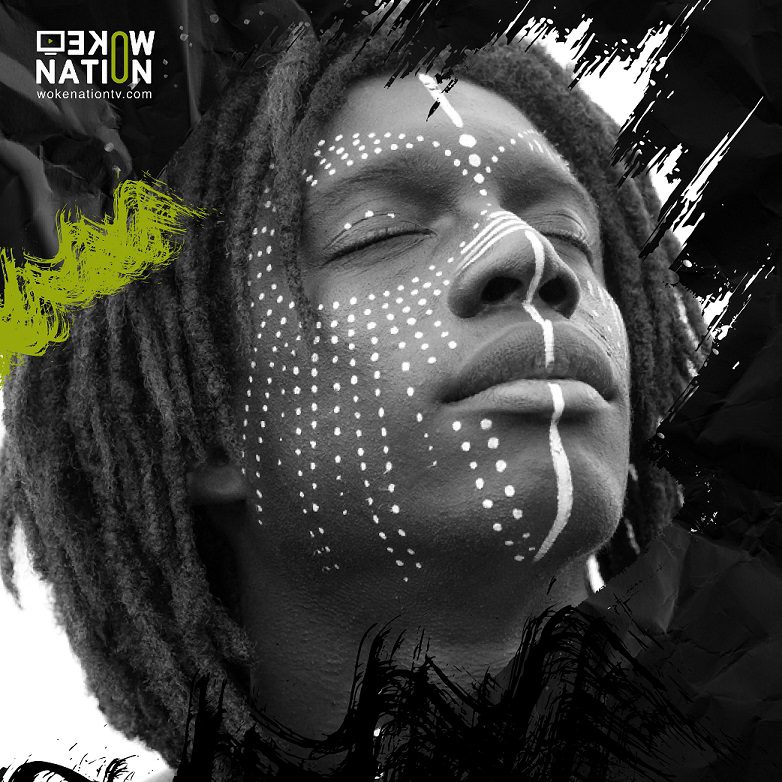Albinism is an inherited condition that leads to someone having very light skin, hair, and eyes. It happens because they have less melanin than usual in their body. Melanin gives skin, hair, and eyes their color. Except for vision problems, most people with albinism are just as healthy as anyone else.
Albinos are normal people and as such shouldn’t be treated or seen as second-class humans. Melanin insufficiency is the only difference between them and every other human and measures to manage them properly are in place for them to have and live a normal life.
Also check: Lung cancer: Causes, Symptoms and Everything you Need to Know
Most Albinos have their visual task as a Major struggle in most cases glasses and contact lenses do not improve their vision leaving them as Low vision patients who depend on special vision aids to carry out their visual tasks.
A child with albinism may also need extra help and support at school.
What are the types of albinism?

Different gene defects characterize the numerous types of albinism.
Types of albinism include:
- Oculocutaneous albinism (OCA)
- Ocular albinism
- Hermansky-Pudlak syndrome
- Chediak-Higashi syndrome
- Griscelli syndrome
Ocular Albinism
Ocular albinism is a genetic condition that primarily affects the eyes. This condition reduces the coloring (pigmentation) of the iris, which is the colored part of the eye, and the retina, which is the light-sensitive tissue at the back of the eye.
Pigmentation in the eye is essential for normal vision.
Also Read: The most common mental illnesses that go unnoticed
Can Ocular Albinism Cause Blindness?

Ocular albinism primarily affects the eyes, by reducing the coloring (pigmentation) in the eye, which is essential for normal vision.
Ocular albinism causes mild to moderate central vision impairment in most patients. While individuals with this disorder retain some vision, they may be legally blind.
Treatment: Vision Problems Related to Albinism

Possible eye problems linked to albinism include: poor eyesight – either short-sightedness or long-sightedness, and low vision (sight loss that cannot be corrected) astigmatism – where the cornea (clear layer at the front of the eye) is not perfectly curved or the lens is an abnormal shape, causing blurred vision.
Glasses and Contact Lenses
As a child with albinism gets older, they’ll also need regular eye tests, and it’s likely they’ll need to wear glasses or contact lenses to correct vision problems.
Low-Vision Aids
Vision aids include:
- Large-print or high-contrast books and printed materials
- Magnifying lenses: These could be handheld magnifiers, a small telescope, or telescopic lenses that are attached to glasses to read writing in the distance, such as on a school whiteboard
- large computer screens
- Software that can turn speech into typing or vice versa
- Tablets and phones that allow you to magnify the display to make writing and images easier to see.
Photophobia/ sensitivity to light
Sunglasses, tinted or Transitions lenses and wearing a wide-brimmed hat outdoors can also help with sensitivity to light.
Nystagmus
There’s currently no cure for nystagmus (where the eyes move from side to side in a pendulum manner involuntarily). However, it is not painful and does not get worse.
Toys or Games
Certain toys or games may also help a child make the most of the vision they have.
Squint and lazy eye
The main treatments for squints are glasses, eye exercises, surgery, and injections into the eye muscles to have them reattached.
If your child has developed a lazy eye (Amblyopia), they may also benefit from some orthoptic training and wearing a patch over their “good” eye to encourage their other eye to work harder.
Help and support
There’s usually no reason why someone with albinism cannot do well in normal schooling, further education, and employment.
However, with appropriate help and support, most children with albinism can attend a mainstream school.

